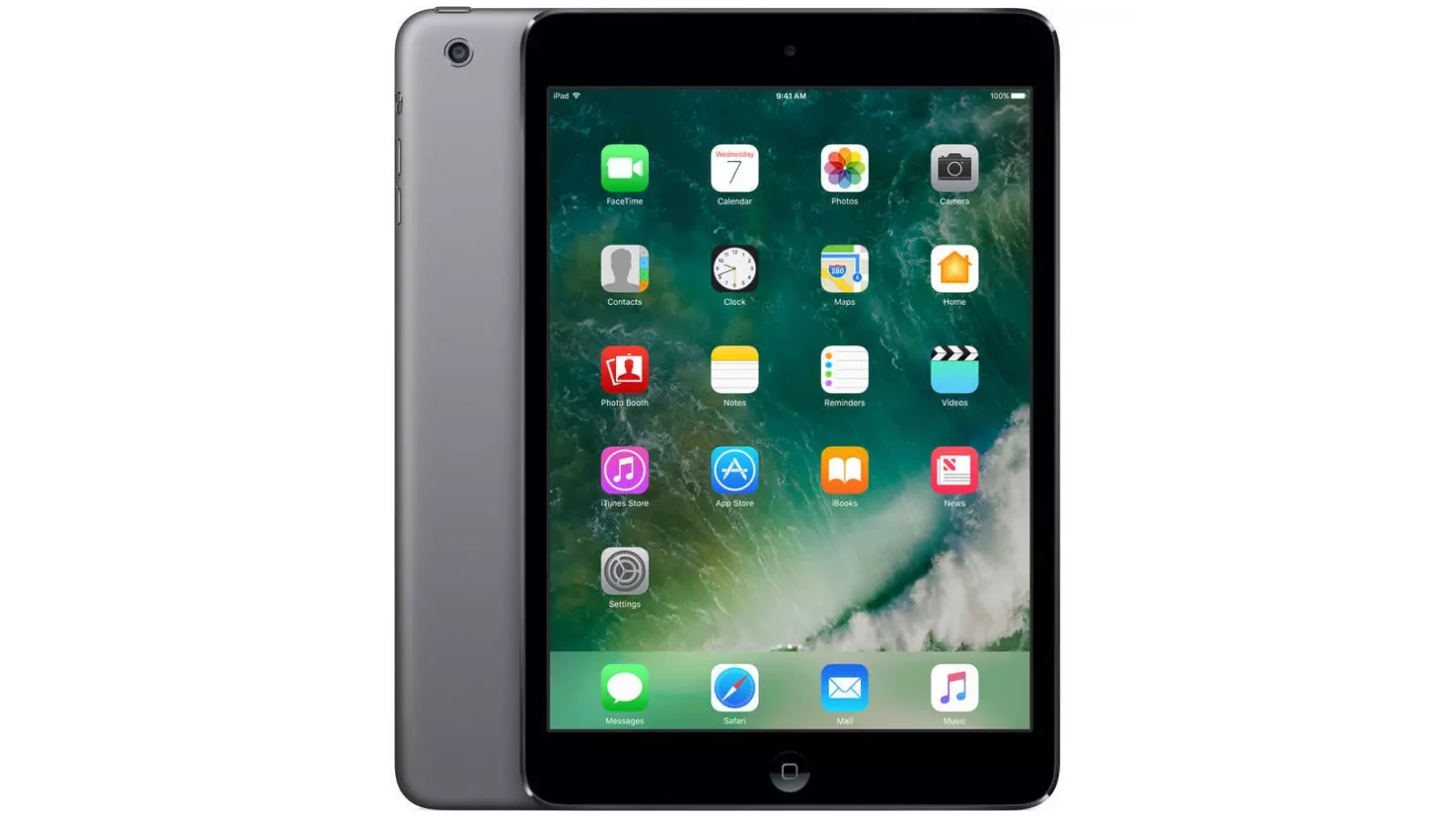Replacing the screen on an iPad Mini can be daunting, but with the right guidance, it can be manageable. Many users encounter this issue due to accidental drops or cracks. Fortunately, there are steps you can follow to do it yourself or seek professional help. It is crucial to begin with the proper tools and understanding the device’s assembly. Whether you are attempting a DIY repair or visiting a professional, knowing what to expect can save time and prevent further damage.
Following accurate guides and expert advice ensures a smooth replacement process. For those who prefer professional help, stores like uBreakiFix offer fast and reliable services. They provide free diagnostics and use quality parts to guarantee a successful repair, ensuring that your iPad Mini functions well once the screen is replaced.

iPad Mini Screen Replacement: A DIY Guide
Cracked your iPad Mini screen? It happens! Before you rush to the Apple Store, you might consider replacing the screen yourself. It can be a bit tricky, but it’s definitely doable with the right tools and a bit of patience. Here are some tips to guide you through the process.
What You’ll Need
First things first, gather your supplies. You’ll need a few specialized tools to make the repair go smoothly:
- Replacement Screen: Make sure you get the right screen for your iPad Mini model. You can find them online or at electronics stores.
- Suction Cup: This will help you lift the screen.
- Spudger Tool: A plastic tool for prying open the iPad and disconnecting cables.
- Screwdriver Set: You’ll need small screwdrivers, likely a Phillips #000 and a pentalobe, to remove the screws.
- Opening Picks: Thin plastic tools to help separate the screen from the frame.
Tips for a Successful Repair
Replacing an iPad Mini screen can be delicate work. Here are some tips to keep in mind:
- Work in a Clean Space: Dust and debris can damage your iPad. Find a clean, well-lit workspace.
- Take Your Time: Don’t rush! Go slowly and carefully to avoid damaging any components.
- Refer to a Guide: There are many helpful video tutorials and guides online. Follow one closely as you work.
- Be Gentle with Cables: The screen is connected to the iPad with delicate cables. Be very careful not to tear or damage them.
- Keep Track of Screws: It’s easy to lose tiny screws. Use a magnetic mat or a small container to keep them organized.
Troubleshooting
If you encounter problems during the repair, don’t panic. Here are a few common issues and how to address them:
| Problem | Solution |
|---|---|
| Screen doesn’t turn on | Check the connections to the screen. Make sure the battery is properly connected. |
| Touchscreen doesn’t work | Reconnected the digitizer cable. Make sure it’s not damaged. |
| Dead pixels or lines on the screen | The new screen might be faulty. Contact the seller for a replacement. |
Replacing an iPad Mini screen yourself can be rewarding. It can save you money and give you a sense of accomplishment. Just remember to be patient, work carefully, and don’t hesitate to seek help if you need it.
Key Takeaways
- Experts can guide you or do the repair for you.
- Using proper tools and techniques is important.
- Professional services offer quick and quality repairs.
iPad Mini Screen Replacement Guide
Replacing the screen of an iPad Mini can extend its lifespan and enhance usability. This guide breaks down the essential steps and tools needed to successfully replace the screen on an iPad Mini.
Understanding the Basics of Screen Replacement
Screen replacement is a common repair for the iPad Mini. It is essential for several reasons:
- Cracked Screens: This is the most obvious reason. A cracked screen can make it hard to use the device.
- Non-Responsive Touch Function: If the touchscreen is not responding, a screen replacement could solve the issue.
- LCD Damage: Dark spots or lines often indicate that the LCD screen is damaged.
Understanding the device’s structural integrity and its components, like the LCD display and touchscreen, is important. This will help ensure a successful repair without causing further damage.
Tools and Materials Required for the Job
A successful screen replacement requires several specialized tools and materials. Here’s a list of what you need:
- Safety Glasses: Protect your eyes from shards of glass.
- Heated iOpener: This heats and loosens the adhesive holding the screen.
- Opening Picks: To separate the screen from the frame.
- Suction Cup: Helps lift the screen.
- Spudger and Plastic Opening Tool: For prying and lifting connectors.
- Precision Tweezers: Handy for handling small components.
- Clear Packing Tape: Secures shattered glass to prevent injury and offers more control.
- Metal Prying Tool: Useful for prying, but use with care to avoid damage.
- Adhesive: To secure the new screen in place.
Ensure all tools are in good condition to avoid complications during the repair process.
Step-by-Step Instructions for Screen Replacement
Prepare the Workspace: Clean and well-lit, free of clutter.
Warm the iPad’s Edges: Use a heated iOpener on the edges to loosen the adhesive.
Lift the Screen: Use a suction cup to create a gap between the screen and frame.
Insert Opening Picks: Carefully slide opening picks around the edges. Move slowly to avoid damaging the display cables.
Detach the Old Screen:
- Disconnect the LCD Screen and Touchscreen cables using a spudger.
- Remove the Front-Facing Camera and Home Button Assembly if they need to be transferred.
Install the New Screen:
- Connect the new screen’s display and touch cables.
- Ensure all connectors, like press connectors, are firmly in place.
Secure the Screen: Apply fresh adhesive around the frame. Place the new screen and press it firmly.
Post-Replacement Steps and Testing
After replacing the screen:
- Test the New Screen: Power on the iPad and check the touchscreen response, display quality, and functionality of the Home Button and Front-Facing Camera.
- Check for Structural Integrity: Ensure the screen is seated properly and there are no gaps.
- Reassemble Carefully: Make sure all internal components are in place and secured.
- Final Cleaning: Wipe down the screen to remove any fingerprints or smudges.
By following these steps, the screen replacement process can be completed smoothly, ensuring that the iPad Mini is back in working order.
Frequently Asked Questions
Replacing an iPad mini screen can be a complex task. This section addresses common queries, providing clear and concise answers.
What is the average cost for replacing an iPad mini screen?
The average cost for replacing an iPad mini screen ranges from $100 to $200. This price varies based on the model and service provider.
Can I perform an iPad Mini screen replacement on my own?
Yes, you can replace an iPad Mini screen on your own. However, it requires precision and special tools. Incorrect handling might lead to further damage.
Where can I find a reputable service for iPad Mini screen repair near my location?
To find a reputable service, start by checking reviews on platforms like Google and Yelp. Look for certified technicians and warranty options.
How much does a professional iPad screen repair service typically charge?
Professional iPad screen repair services typically charge between $150 and $300. Prices depend on the model and additional repairs needed.
Is it cost-effective to repair an iPad Mini screen or should I consider replacement of the device?
Repairing an iPad Mini screen is usually more cost-effective than buying a new device. However, if the device has other issues, consider replacement.
What adhesive is recommended for securing a new screen onto an iPad Mini?
For securing a new screen onto an iPad Mini, use high-quality double-sided adhesive strips designed for tablets. These ensure a secure fit and durability.







